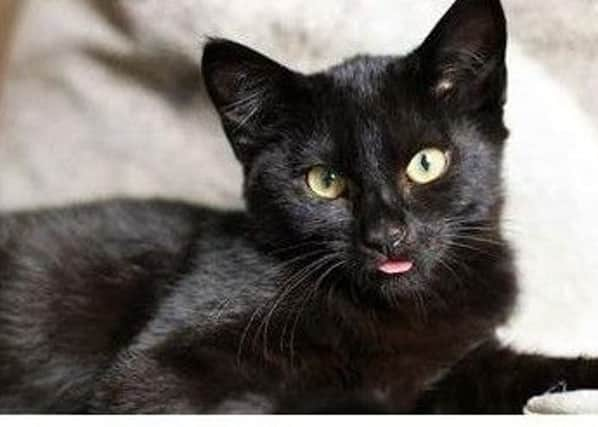Country & Coast: Domesticated pets that go wild and roam countryside


A sense of anticipation mounts as the stealthy movement of foliage continues, intermittently at first but then with slightly more vigour when whatever is there senses the presence of a human.
The imagination attempts to solve the mystery by running through the usual suspects: a skulking pheasant ready to erupt from its cover with a loud klaxon and frantic wing beats, a hedgehog or fox cub, stoat or weasel, even a small field mouse or vole.
Advertisement
Hide AdAdvertisement
Hide AdBut when this happened to me on some Pennine farmland last week, the swishing grasses eventually revealed a culprit that was surprising given the remoteness of the location. For out jumped a ginger cat, which turned to stare at me over its shoulder for a few seconds before scurrying further along the hedgerow and disappearing back into the undergrowth.
But I should not have been surprised. A little research later revealed that the encounter was actually on the edge of an area with the postcode of BD22, including the outskirts of Keighley and Haworth, which happens to have Yorkshire’s highest number of feral cats.
They are cats which were either abandoned or have strayed from home and found that they can survive in the wild. Many tend to stay within the reach of farms and villages, where they can scavenge for food. Others form colonies around factories, and significant numbers famously took up residence around the steelworks of Sheffield and Rotherham.
Studies have shown that some colonies of feral cats can number 50 in total, but they are usually between 10 and 30.
Advertisement
Hide AdAdvertisement
Hide AdTheir diet in the wild is small mammals but also, to their detriment, the chicks of partridges and pheasants, which has made them the target of gamekeepers. They are also predated by foxes - remains were found in fox scats at Hornsea - and are frequently found as roadkill in the spring mating season when mature toms wander quite widely.
A charity called Yorkshire Cat Rescue has found that the Bradford area, which stretches from Wharfedale to the Lancashire border, is the worst part of Yorkshire for feral cats. The charity attempts to capture, neuter and then release feral cats to stop them breeding further.
“If done properly,” it says, “they can go on to co-exist happily with residents and simply by being there, these managed colonies will prevent other un-neutered cats from moving in.”
Some people try to adopt a feral cat that appears in their garden and accepts food, but I know of one person in the Yorkshire Wolds who was heartbroken when a feral cat suddenly stopped coming to her door.
Another friend, at Oxenhope, had more success with a cat which just wandered off the moor one day, and he wound up having to find people to feed it for him whenever he was away on holiday.